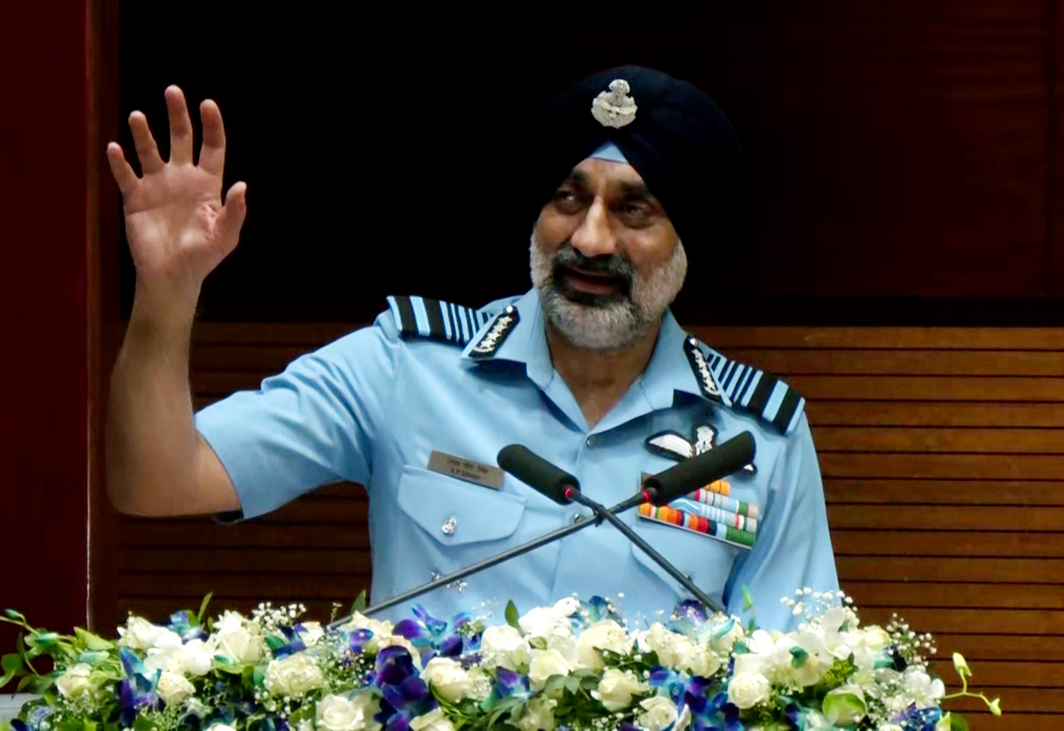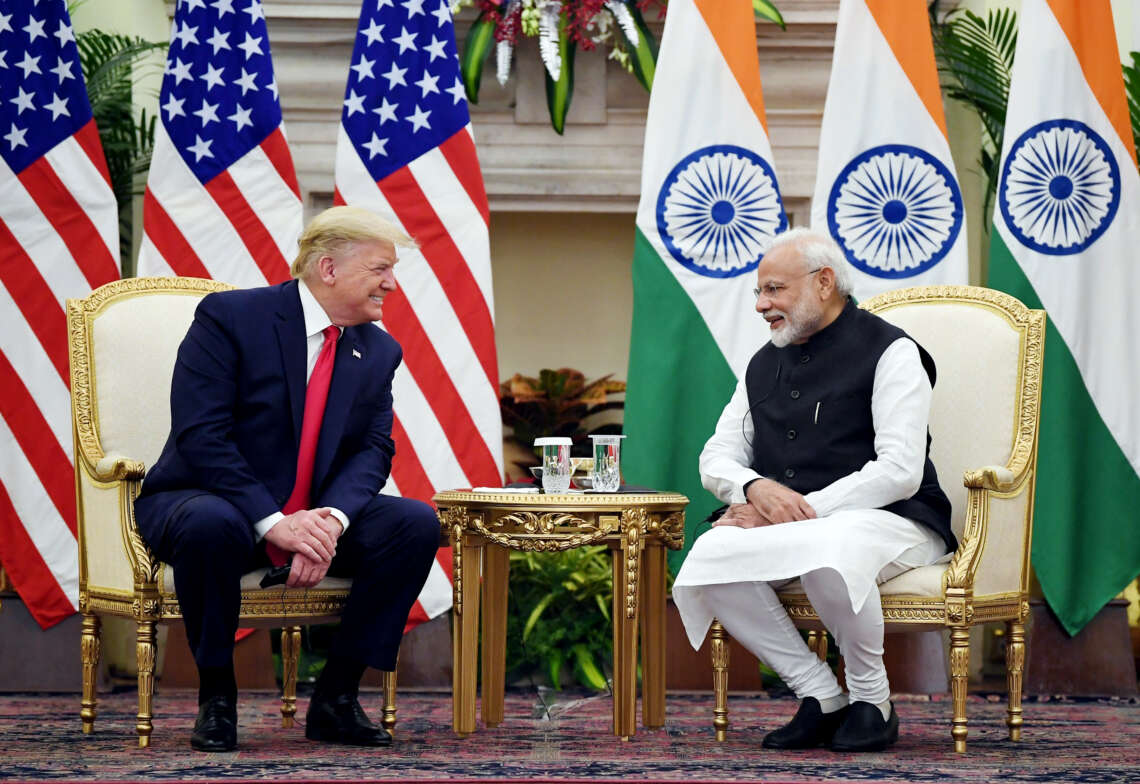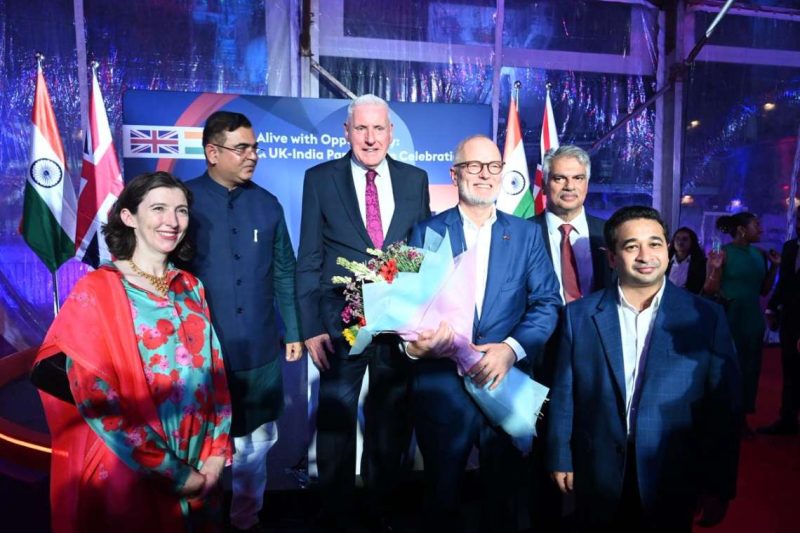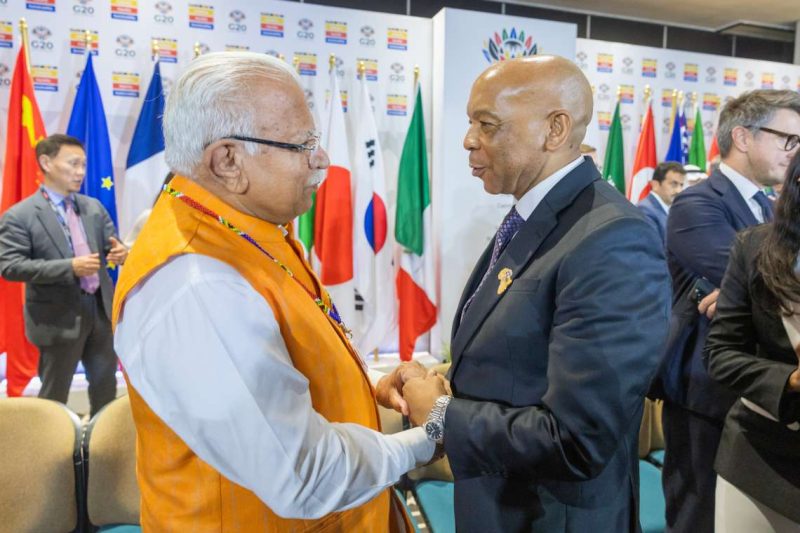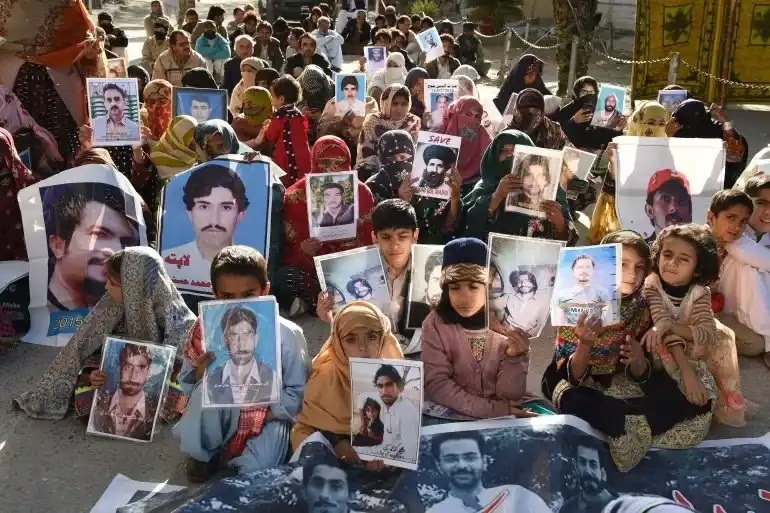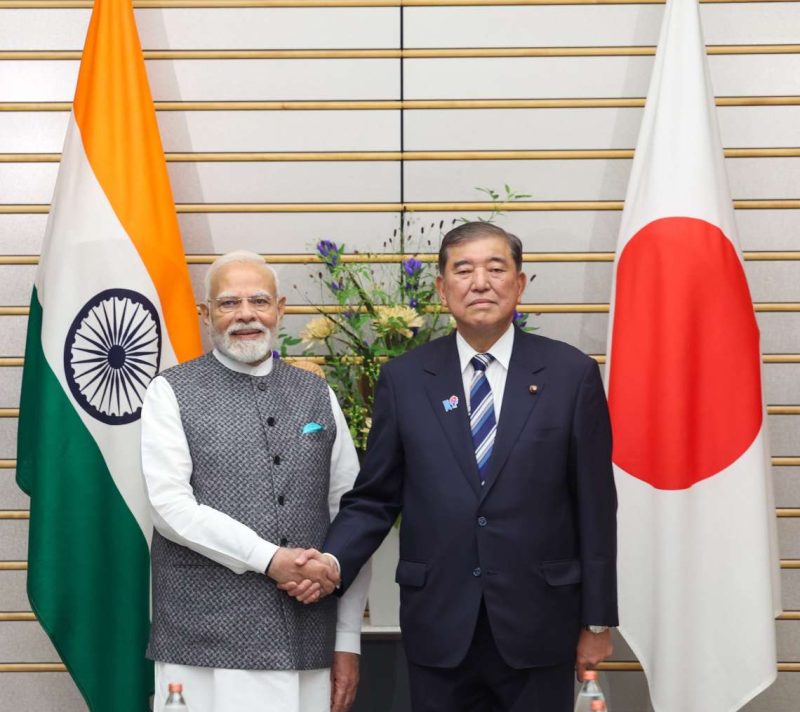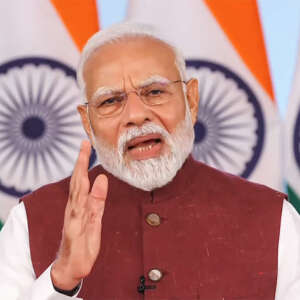The reluctance by the western media to clearly articulate India’s superior performance is a reflection of a broader tendency in Western journalism to avoid acknowledging India’s growing military sophistication, writes Dr Rakesh Sharma
India’s Operation Sindoor, launched on May 7 in response to the April 22 Pahalgam terrorist attack that killed 26 Indian tourists, has been the most comprehensive military action undertaken by India against Pakistan since the 1971 war. Satellite imagery and independent analysis by several analyses have confirmed the extensive damage inflicted on Pakistani military infrastructure, showing both India’s enhanced precision strike capabilities and the conventional disparity in operational effectiveness between the two nations. The operation’s scope was remarkable by any measure. India successfully targeted multiple high-value Pakistani military installations across six airfields, penetrating as deep as 100 miles into Pakistani territory. The precision of these strikes was particularly noteworthy, with Indian forces demonstrating surgical accuracy in hitting specific military assets while minimizing collateral damage. Satellite evidence analyzed by The New York Times and The Washington Post confirmed substantial damage to Pakistani military infrastructure. At Bholari air base near Karachi, Indian forces struck aircraft hangars with precision munitions. The Nur Khan Air Base in Rawalpindi, located merely 15 miles from Pakistan’s Army headquarters and dangerously close to facilities responsible for safeguarding Pakistan’s nuclear arsenal, suffered significant damage to two mobile control centers.

The Sargodha air base in Punjab Province saw its runway struck in multiple sections, while Rahim Yar Khan air base was rendered non-operational, as acknowledged by Pakistani authorities through official notices. The Sheikh Zayed Airport’s Royal Lounge sustained considerable damage, further demonstrating the comprehensive nature of India’s response. India’s target selection showed sophisticated intelligence capabilities and strategic planning. The operation systematically degraded Pakistan’s offensive and defensive air capabilities by focusing on critical infrastructure including hangars, runways, radar installations, and command centers. The strikes at Pasrur radar installations and Sialkot aviation base using precision munitions showcased India’s ability to neutralize Pakistan’s early warning systems.
The asymmetry in operational effectiveness became evident when examining Pakistan’s response. While Pakistani officials claimed to have struck multiple Indian military facilities between May 8-10, satellite imagery failed to substantiate these assertions. The New York Times investigation found that “satellite images do not clearly show damage caused by Pakistani strikes even at bases where there was corroborating evidence of some military action.” Pakistan’s claim of having “destroyed” India’s Udhampur air base was definitively contradicted by satellite imagery from May 12, which showed no visible impact. This disparity between Pakistani claims and verifiable evidence highlights the significant gap in military capabilities and precision strike technology between the two nations.

Despite overwhelming satellite evidence confirming India’s operational success and Pakistan’s limited response capabilities, Western media coverage has shown false equivalency. Major outlets consistently framed the conflict as a mutual exchange of hostilities, failing to acknowledge the wide disparity in military effectiveness and precision. The reluctance to clearly articulate India’s superior performance is a reflection of a broader tendency in Western journalism to avoid acknowledging India’s growing military sophistication. This bias manifests in downplaying India’s technological advancement, overemphasizing Pakistani claims without proper verification, and maintaining artificial balance in reporting that obscures factual reality. Western coverage often emphasized civilian casualties reported by Pakistan while giving insufficient attention to the precision of Indian strikes that specifically targeted military infrastructure. This selective emphasis creates a distorted narrative that fails to reflect the actual conduct and outcomes of the operation. The media’s treatment of Operation Sindoor contrasts sharply with coverage of Western military operations, where precision strikes and technological superiority are appreciated rather than understated. This double standard reveals underlying biases that influence how India’s military capabilities and strategic responses are portrayed to international audiences.
Western sympathy toward Pakistan, often rooted in concerns about regional stability, increasingly represents a strategic miscalculation given Pakistan’s deepening alignment with China. Pakistan’s participation in China’s Belt and Road Initiative, its hosting of Chinese naval facilities at Gwadar Port, and Beijing’s substantial military assistance to Islamabad have fundamentally altered the geopolitics. By maintaining artificial balance in their coverage and diplomatic positions, the West inadvertently strengthened a key Chinese ally that directly challenges Western interests in the Indo-Pacific. This misguided approach risks alienating India, the world’s largest democracy and a natural strategic partner in containing Chinese expansion, while propping up a state that increasingly serves Beijing’s regional ambitions.

Of note was the disproportionate media coverage of a downed Indian Rafale fighter jet. Western media showed extensive coverage to unverified Pakistani claims about a Rafale hit, despite lacking credible evidence. Even if such losses occurred, they represent acceptable damage in military engagements that any professional force anticipates and learns from. India’s systematic approach to tactical assessment and capability enhancement ensures that isolated incidents contribute to overall strategic improvement rather than systemic weakness. This excessive focus serves dual purposes. It provides ammunition for western defence contractors seeking to displace French Rafale aircraft in India’s procurement decisions, while simultaneously obscuring Pakistan’s demonstrable inability to effectively counter Indian air operations. The narrative conveniently shifts attention from Pakistan’s comprehensive air defence failures to speculative Indian losses, showing how media bias can serve both commercial and geopolitical agendas.
Operation Sindoor is a watershed moment in Indo-Pakistani relations, demonstrating India’s evolved strategic capabilities and Pakistan’s declining ability to project power effectively. The extensive damage inflicted on Pakistani military infrastructure, confirmed through independent satellite analysis, contrasts sharply with Pakistan’s limited and largely unverifiable response. Western media’s continued adherence to false equivalency narratives despite clear evidence of operational disparities reflects deeper biases that fail to acknowledge India’s legitimate security concerns and growing military sophistication. As regional dynamics continue evolving, accurate reporting that reflects ground realities rather than predetermined narratives becomes increasingly crucial for understanding South Asian strategic developments. The operation’s success has established new parameters for Indian military responses to terrorism, demonstrating both capability and restraint in achieving strategic objectives while maintaining escalation control.



